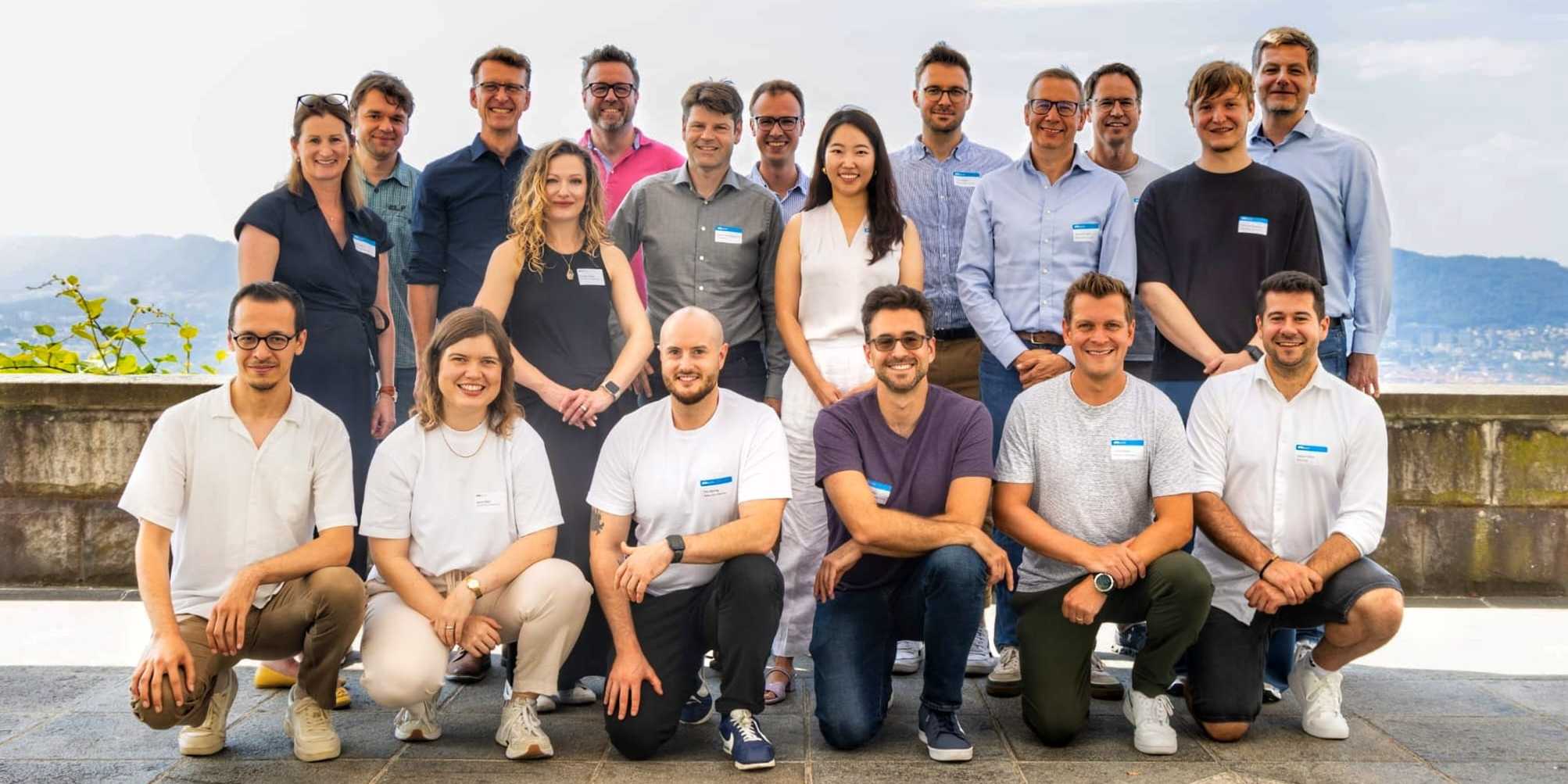First Scientific Exchange on Mixed Reality Applications at ETH Zurich
Twenty-five scholars from across the globe met at ETH Zurich to share their research on mixed reality applications from 29 to 31 August.

The D-MTEC Chair of Technology Marketing hosted the first Scientific Conference on Mixed Realities from 29 to 31 August. Supported by the Swiss National Science Foundation (SNSF) the three-day conference brought together 25 leading scholars from Europe, Asia, the United States, and selected representatives from Switzerland. “I hope that the conference has inspired participants to take their research further, particularly for collaborative projects”, says Dr David Finken, who organised the conference. “The diverse range of participants in affiliation and research domains underscored how decisive collaboration is for innovation in this rapidly evolving field.”
Mixed Reality
Mixed reality (MR), encompassing augmented reality (AR) and virtual reality (VR), is an evolving field at the intersection of the physical and digital worlds. AR overlays digital information onto the natural environment, enhancing perception and interaction, while VR immerses users in fully simulated, computer-generated environments. These technologies are increasingly relevant across various domains, from medicine and education to engineering and entertainment, enabling novel forms of visualisation, simulation, and collaboration. They hold the potential to shift how we experience, understand, and manipulate our surroundings, making them a critical area of focus for both scientific research and technological innovation.
AR, VR, Uetliberg
Reto Senn, CTO of Bitforge AG, kicked off the conference with a perspective on how businesses leverage current technological advancements in Artificial Intelligence (AR) and Virtual Reality (VR) already today. Even though the technology is ready for market applications, he stressed the importance of considering the actual problems customers face and rigorously comparing the performance of Mixed Reality (MR) to conventional approaches.
The next day’s research presentations covered studies on the impact of AR and VR on decision-making processes, avatar evaluation, product perception, and perspectives on the self in virtually mediated environments. After extensive discussions and feedback, the participants enjoyed a scenic visit to the top of Zurich, Uetliberg, and a memorable dinner at Kulm, which offered stunning views of Zurich and fostered a spirit of fellowship among attendees.
Collaboration warranted
The conference demonstrated that it takes rigorous experimentation to advance AR and VR. This in turn calls for both technical and human behaviour expertise to design and execute these studies, respectively. Experiences in AR and VR are also likely to be captured in an increasingly dynamic setting driven by AI-generated content. At the same time, the human user will remain central to AR and VR. Studying how users perceive Mixed Reality technologies and how Mixed Reality technologies affect the users will be on the agenda of many of the conference participants. “The potential for collaboration on these matters on a bilateral level and in larger communities already materialised at the conference”, says Dr Finken. “The Technology Marketing group and I highly appreciate the support by the Swiss National Science Foundation (SNSF) through their Scientific Exchanges funding scheme.”
